William Henry Brooke (1772-1860); Aquatinted By Robert Havell (Junior), Portrait of James Silk Buckingham. 20cm x 26cm William Henry Brooke (1772–1860) was a British artist and illustrator. He was the son of the painter Henry Brooke and a nephew of Henry Brooke He was a pupil of Samuel Drummond and worked as a portrait painter. He exhibited portraits and figure subjects at the Royal Academy between 1810 and 1826. Robert Havell (Jr.) was born at Reading (Berkshire) on 25 November 1793 and died at Tarrytown (New York, USA) on 11 November 1878. Growing up in Great Britain, Havell developed his skills as an aquatint artist under the guidance of his engraver father, who urged him to enter a more erudite profession. His father accepted the job of printing Audubon’s “The Birds of America”, and his search for a graphic artist of the highest calibre led him back to his son, who was then working for a publishing firm. He engaged him to make the plates, and also to do most of the water-colouring of the prints. In 1827–38, while he was engaged in executing this project, Havell became a close friend and associate of Audubon. In 1839 he went to the United States, where he lived with Audubon for a while. He continued to explore aquatint and engraving and painting the countryside of the Hudson River valley. James Silk Buckingham was born at Flushing near Falmouth on 25 August 1786 and died at London on 30 June 1855. His ancestors and father were seafaring men, and his own youth was spent at sea. In 1797 he was captured by the French and held as a prisoner of war at Corunna. After years of travelling in the Middle East he settled in India, where he established a periodical, the Calcutta Journal, in 1818. This venture at first proved highly successful, but in 1823 the paper's outspoken criticisms of the East India Company led to the expulsion of Buckingham from India and to the suppression of the paper by John Adam the acting governor-general in 1823. His case was brought before a select committee of the House of Commons in 1834, and a pension of £500 a year was subsequently awarded to him by the East India Company as compensation. Buckingham continued his journalistic ventures on his return to England and started the Oriental Herald and Colonial Review (1824–9) and the Athenaeum (1828). He also published his travel accounts after his return to England (except for the first one which was published while he was still in India) (Travels in Palestine, through the countries of Bashan and Gilead, east of the River Jordan – 1821, Travels among the Arab Tribes Inhabiting the Countries East of Syria and Palestine -1825; Travels in Mesopotamia – 1827; and Travels in Assyria, Media, and Persia – 1829). Between 1832 and 1836 Buckingham served as MP for Sheffield. He was a strong advocate of social reform, calling for the end of flogging in the armed services, abolition of the press-gang and the repeal of the Corn Laws. During his time as an MP, Buckingham served as chair of the select committee charged with examining "the extent, causes, and consequences of the prevailing vice of intoxication among the laboring classes of the United Kingdom" and devising a solution. Following his retirement from parliament, in October 1837, Buckingham began a four-year tour of North America. In 1844 he was central to the foundation of the British and Foreign Institute.
William Henry Brooke (1772-1860); Aquatinted By Robert Havell (Junior), Portrait of James Silk Buckingham. 20cm x 26cm William Henry Brooke (1772–1860) was a British artist and illustrator. He was the son of the painter Henry Brooke and a nephew of Henry Brooke He was a pupil of Samuel Drummond and worked as a portrait painter. He exhibited portraits and figure subjects at the Royal Academy between 1810 and 1826. Robert Havell (Jr.) was born at Reading (Berkshire) on 25 November 1793 and died at Tarrytown (New York, USA) on 11 November 1878. Growing up in Great Britain, Havell developed his skills as an aquatint artist under the guidance of his engraver father, who urged him to enter a more erudite profession. His father accepted the job of printing Audubon’s “The Birds of America”, and his search for a graphic artist of the highest calibre led him back to his son, who was then working for a publishing firm. He engaged him to make the plates, and also to do most of the water-colouring of the prints. In 1827–38, while he was engaged in executing this project, Havell became a close friend and associate of Audubon. In 1839 he went to the United States, where he lived with Audubon for a while. He continued to explore aquatint and engraving and painting the countryside of the Hudson River valley. James Silk Buckingham was born at Flushing near Falmouth on 25 August 1786 and died at London on 30 June 1855. His ancestors and father were seafaring men, and his own youth was spent at sea. In 1797 he was captured by the French and held as a prisoner of war at Corunna. After years of travelling in the Middle East he settled in India, where he established a periodical, the Calcutta Journal, in 1818. This venture at first proved highly successful, but in 1823 the paper's outspoken criticisms of the East India Company led to the expulsion of Buckingham from India and to the suppression of the paper by John Adam the acting governor-general in 1823. His case was brought before a select committee of the House of Commons in 1834, and a pension of £500 a year was subsequently awarded to him by the East India Company as compensation. Buckingham continued his journalistic ventures on his return to England and started the Oriental Herald and Colonial Review (1824–9) and the Athenaeum (1828). He also published his travel accounts after his return to England (except for the first one which was published while he was still in India) (Travels in Palestine, through the countries of Bashan and Gilead, east of the River Jordan – 1821, Travels among the Arab Tribes Inhabiting the Countries East of Syria and Palestine -1825; Travels in Mesopotamia – 1827; and Travels in Assyria, Media, and Persia – 1829). Between 1832 and 1836 Buckingham served as MP for Sheffield. He was a strong advocate of social reform, calling for the end of flogging in the armed services, abolition of the press-gang and the repeal of the Corn Laws. During his time as an MP, Buckingham served as chair of the select committee charged with examining "the extent, causes, and consequences of the prevailing vice of intoxication among the laboring classes of the United Kingdom" and devising a solution. Following his retirement from parliament, in October 1837, Buckingham began a four-year tour of North America. In 1844 he was central to the foundation of the British and Foreign Institute.
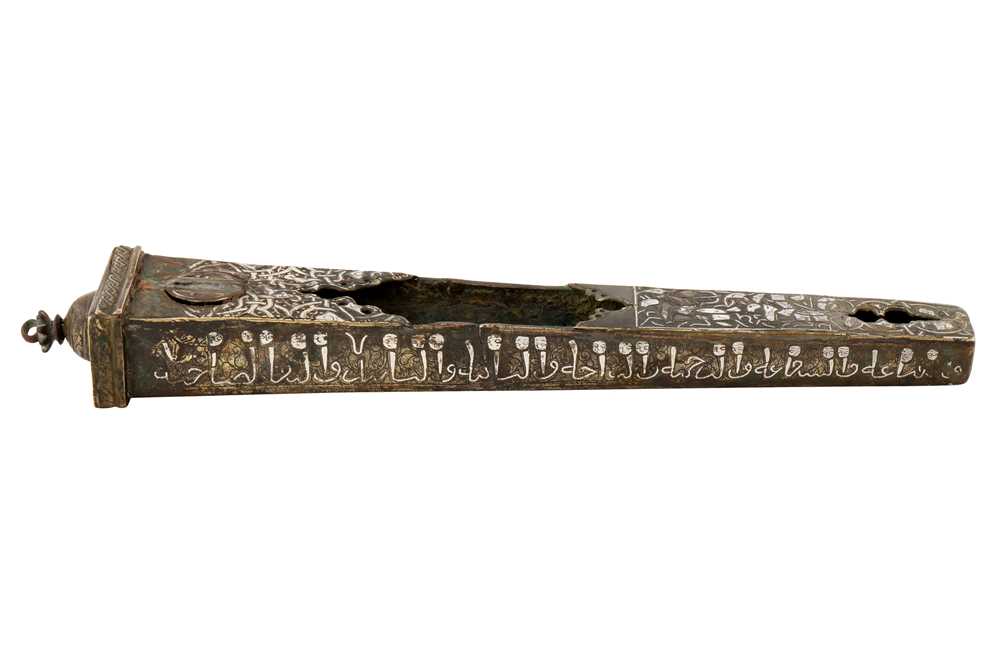
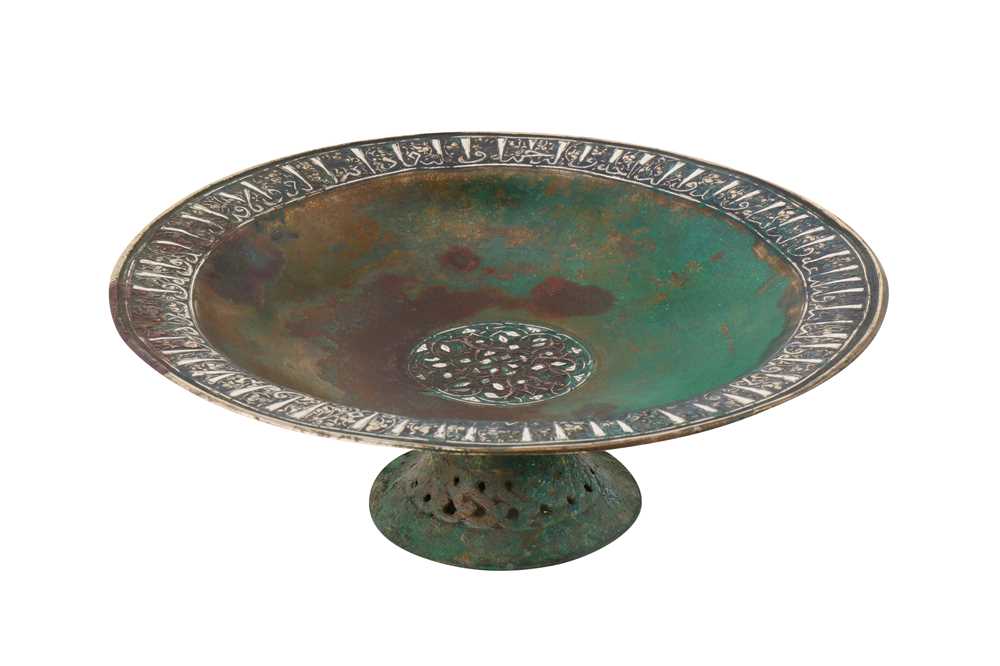
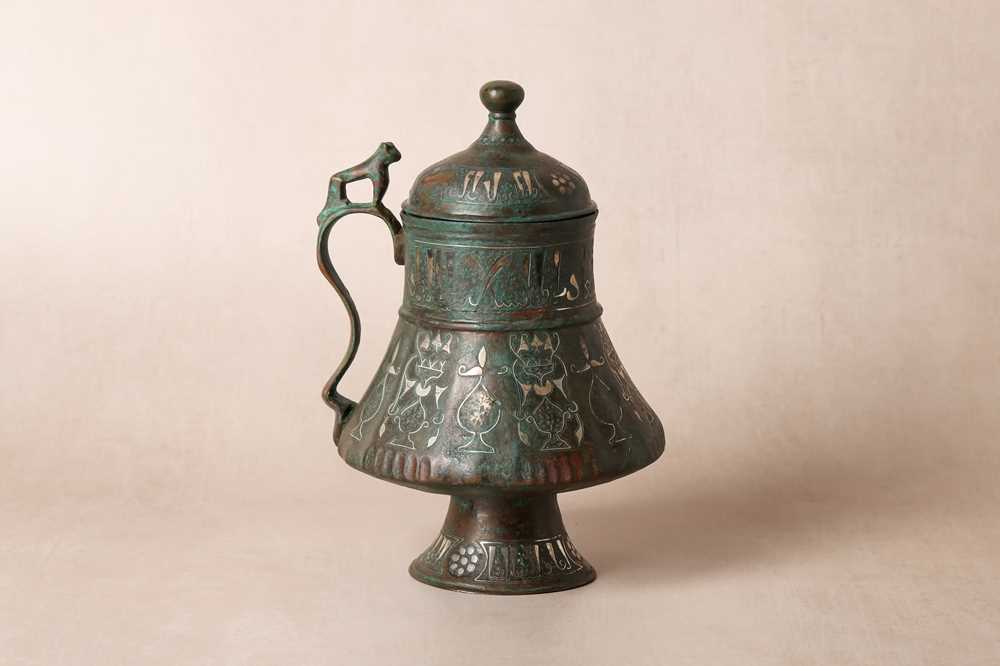
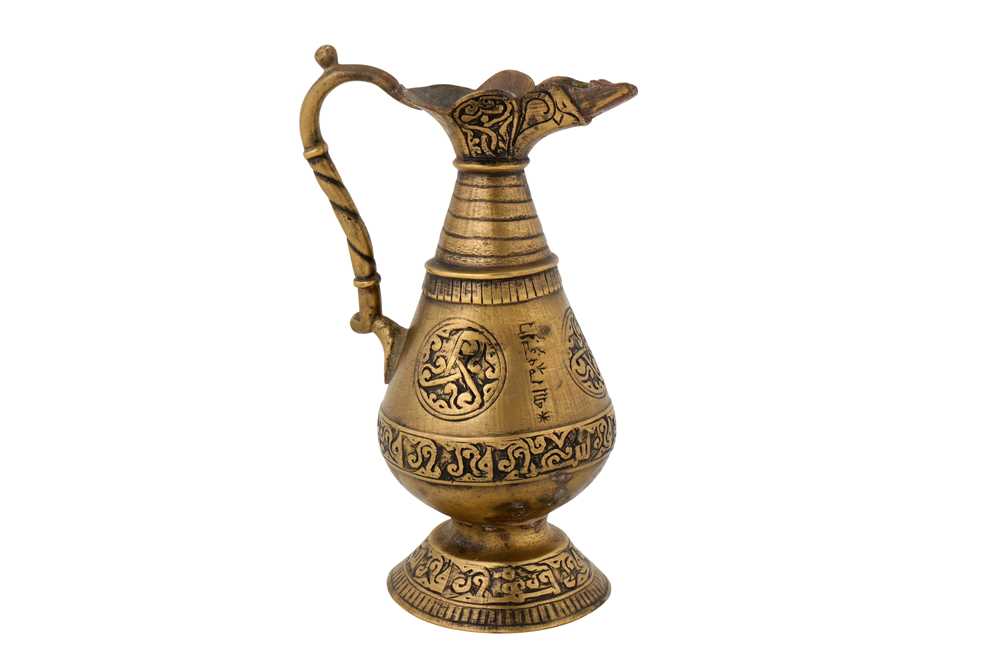
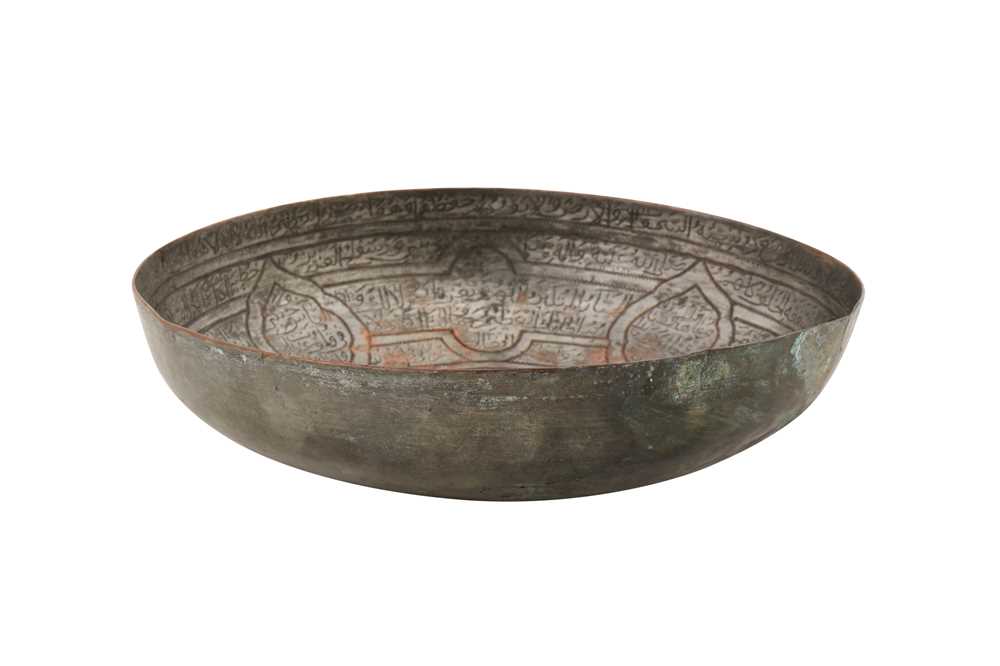
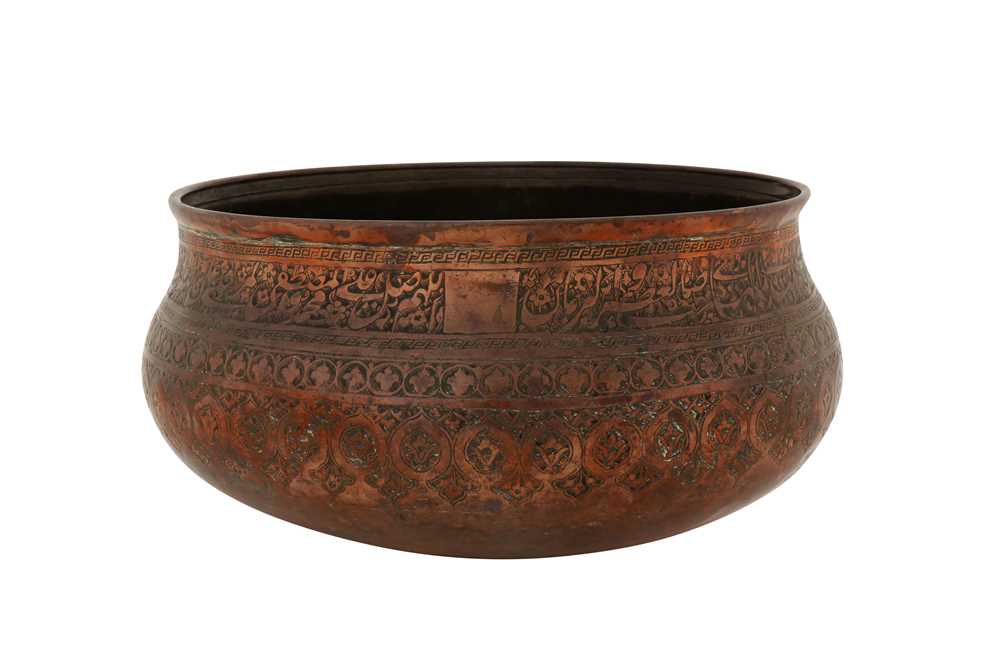
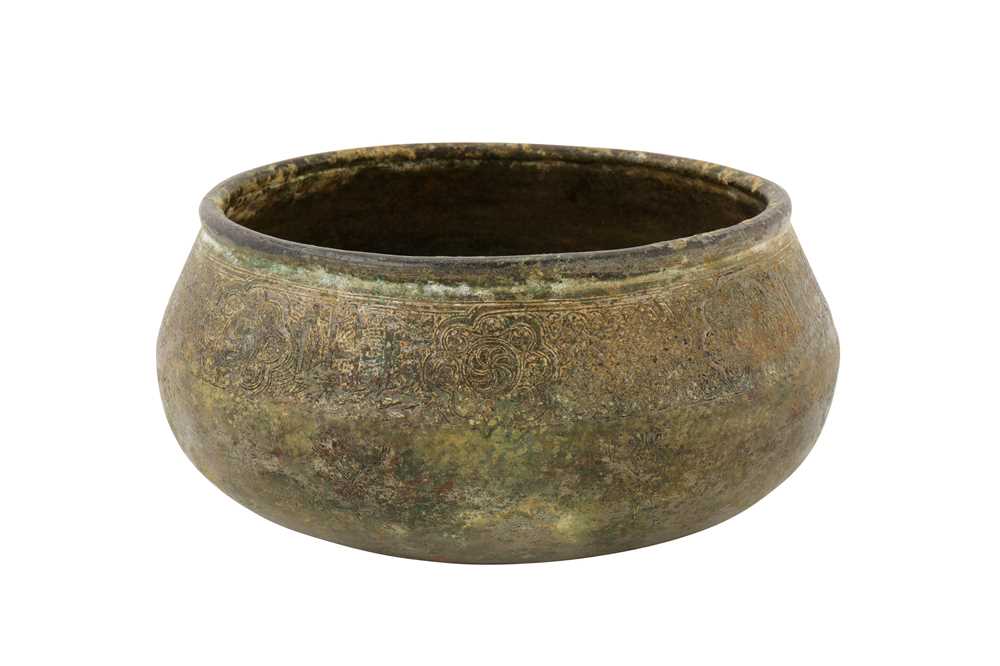
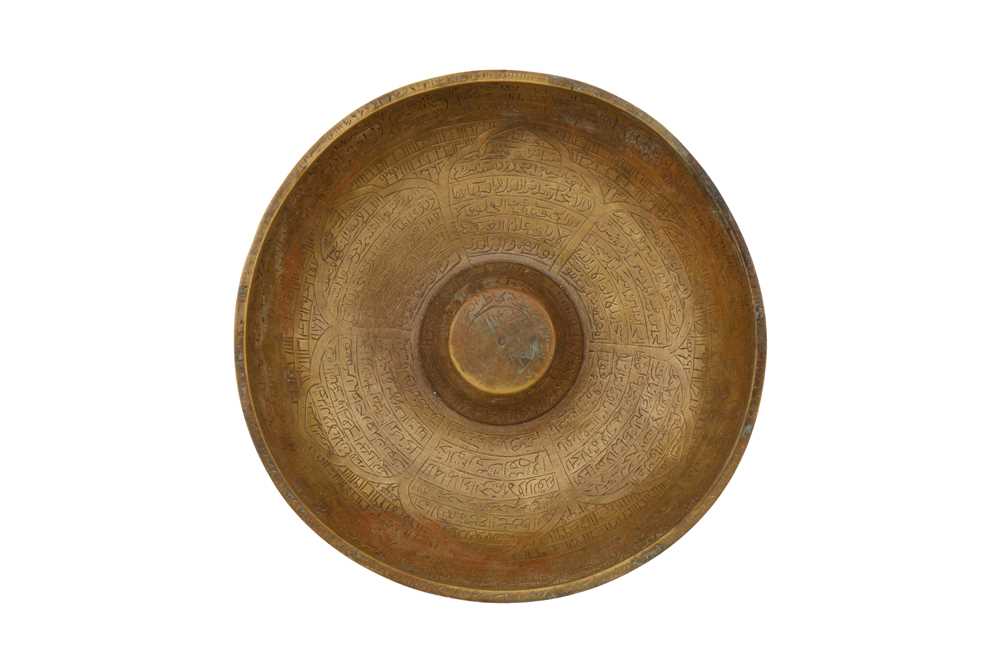
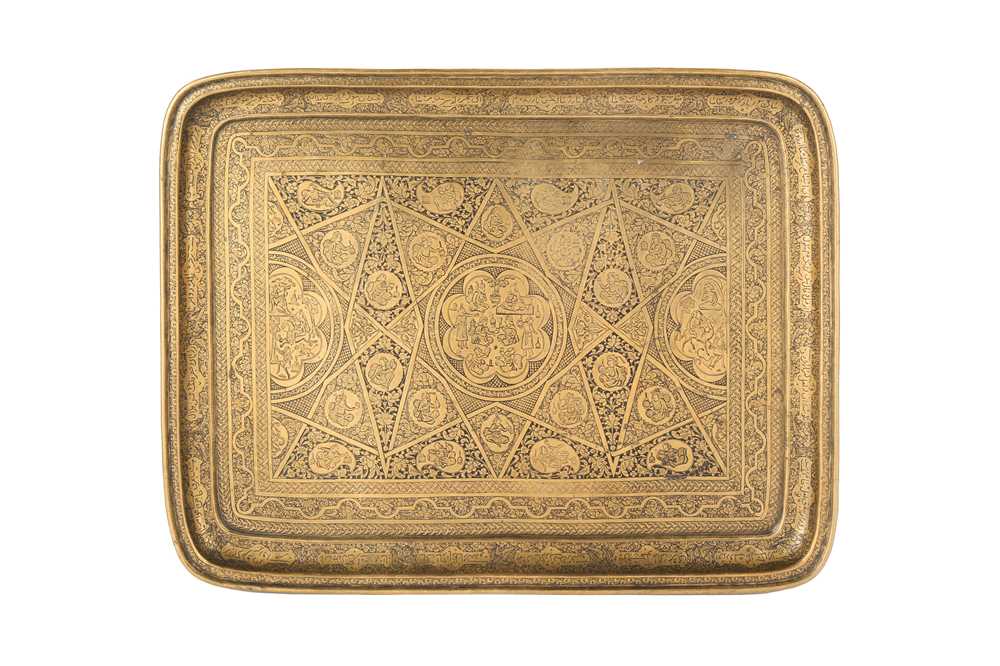
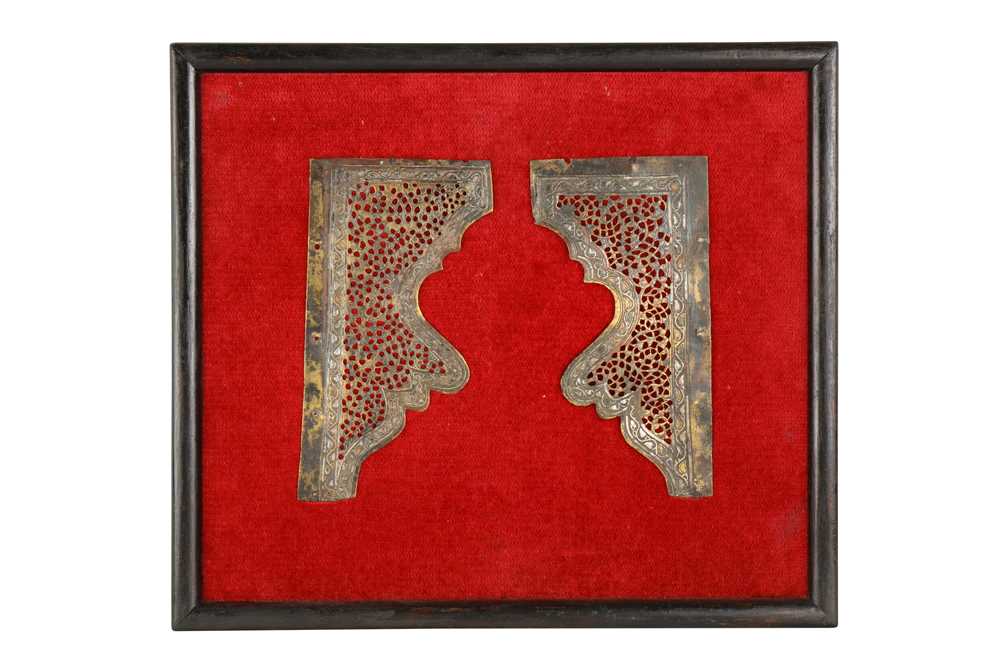
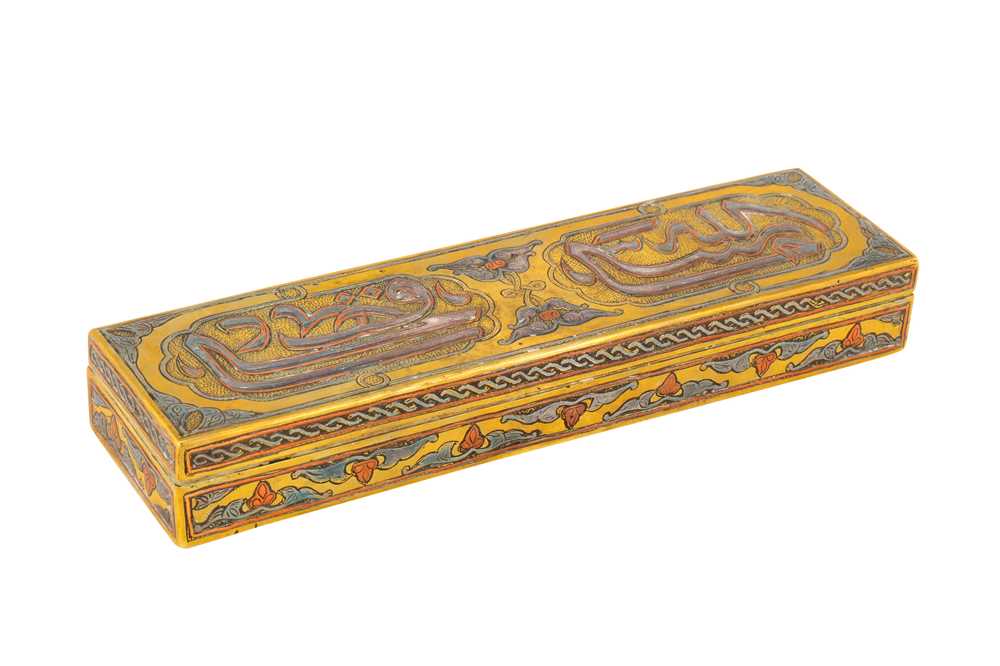
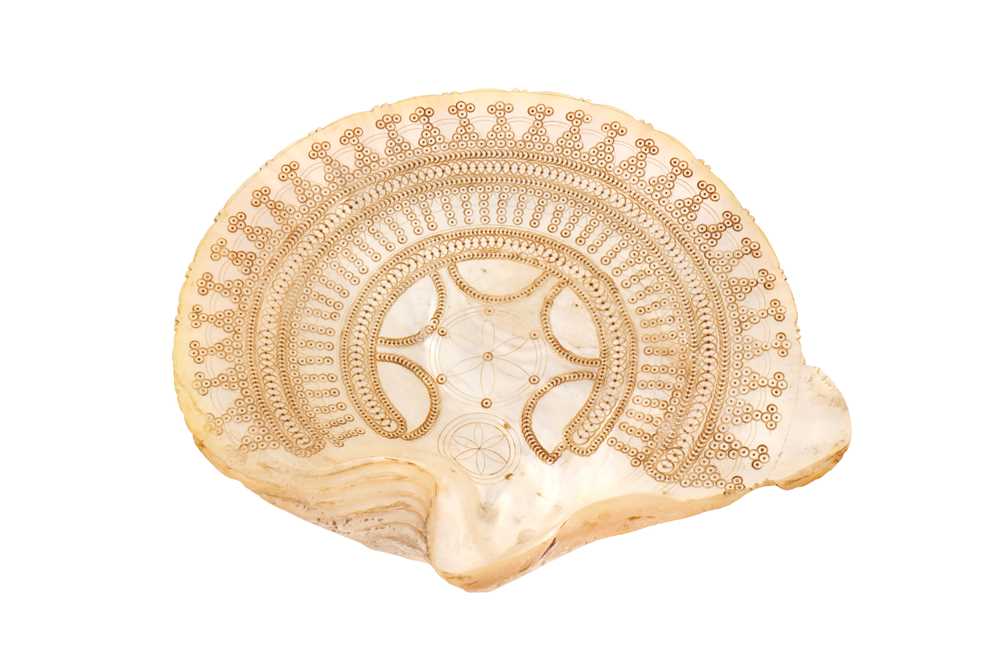
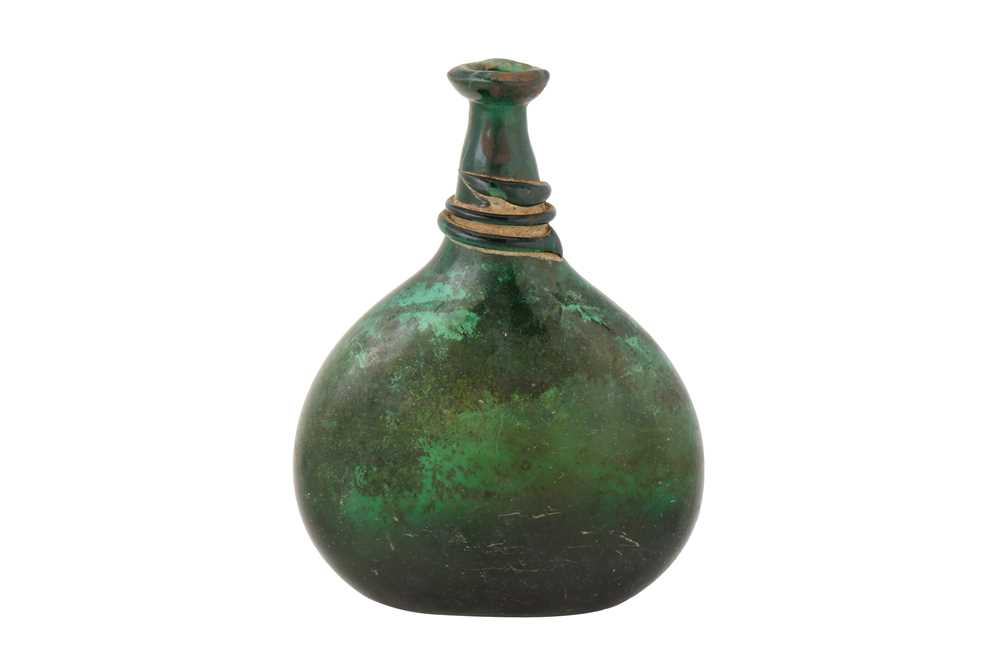
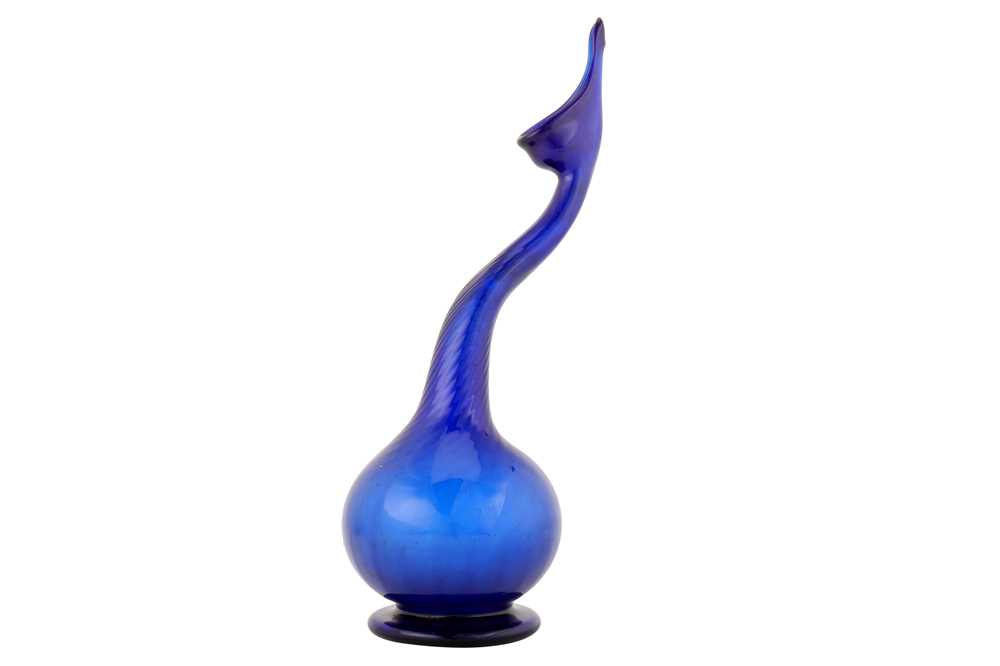
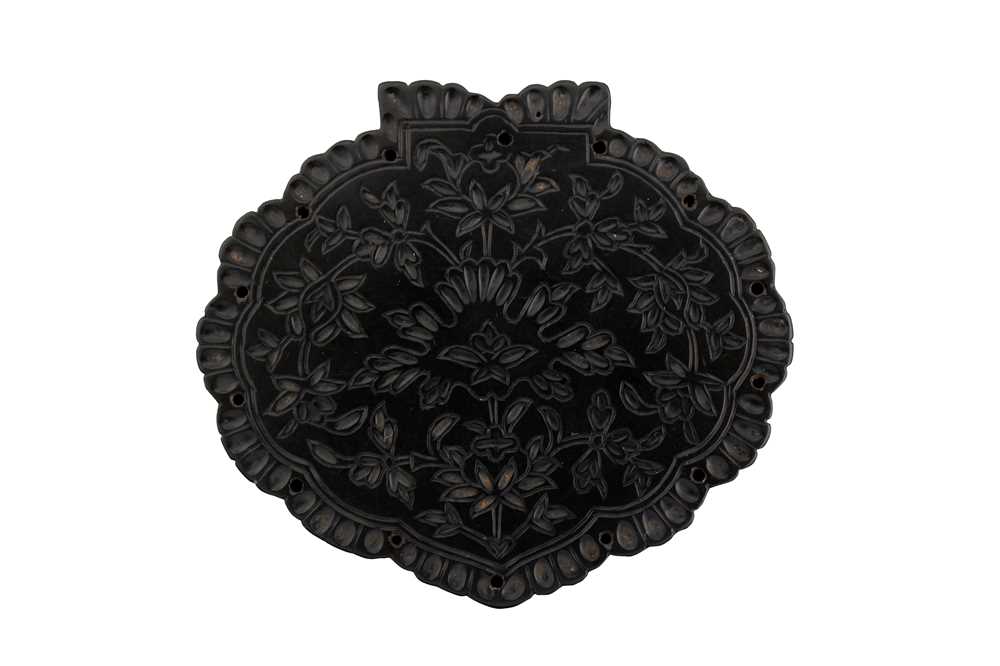
Testen Sie LotSearch und seine Premium-Features 7 Tage - ohne Kosten!
Lassen Sie sich automatisch über neue Objekte in kommenden Auktionen benachrichtigen.
Suchauftrag anlegen